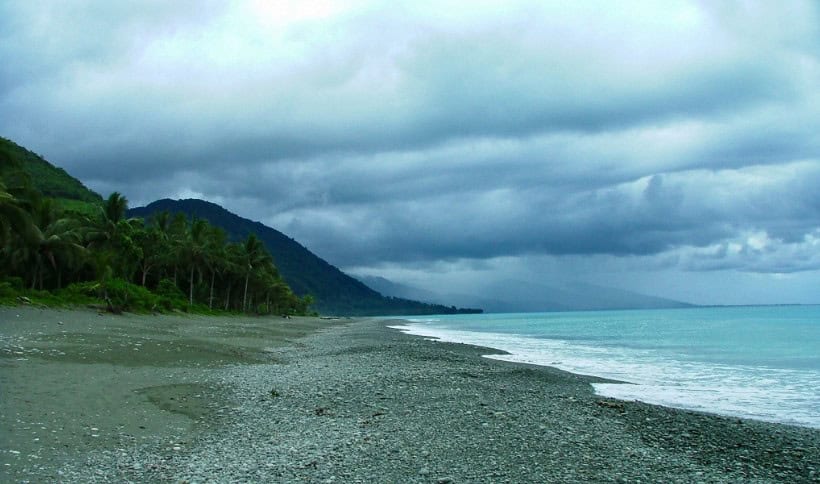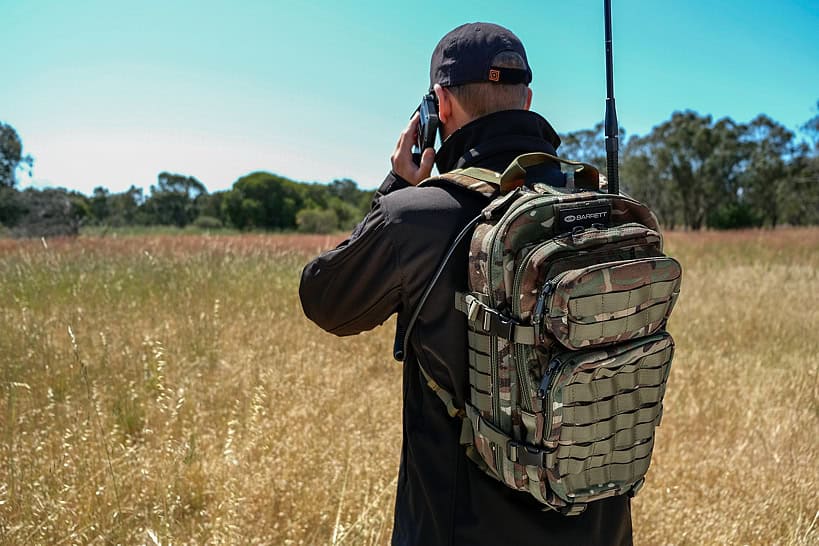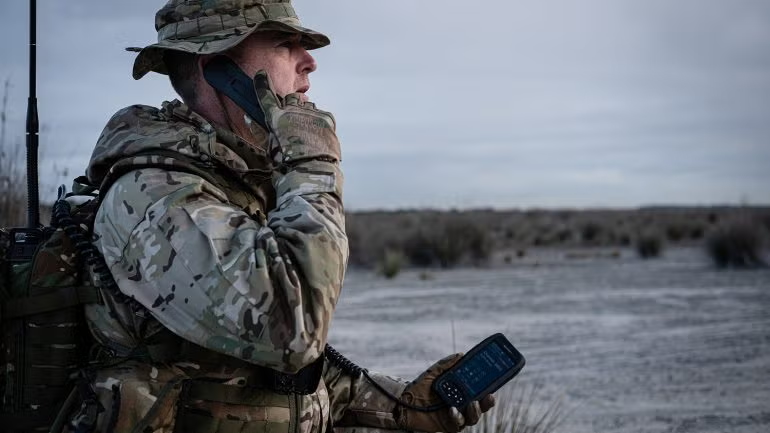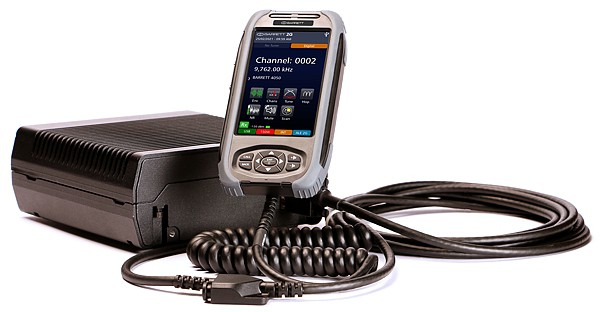2000 Series, 4000 Series… A Brief History of Barrett Products
2000 Series, 4000 Series… A Brief History of Barrett Products
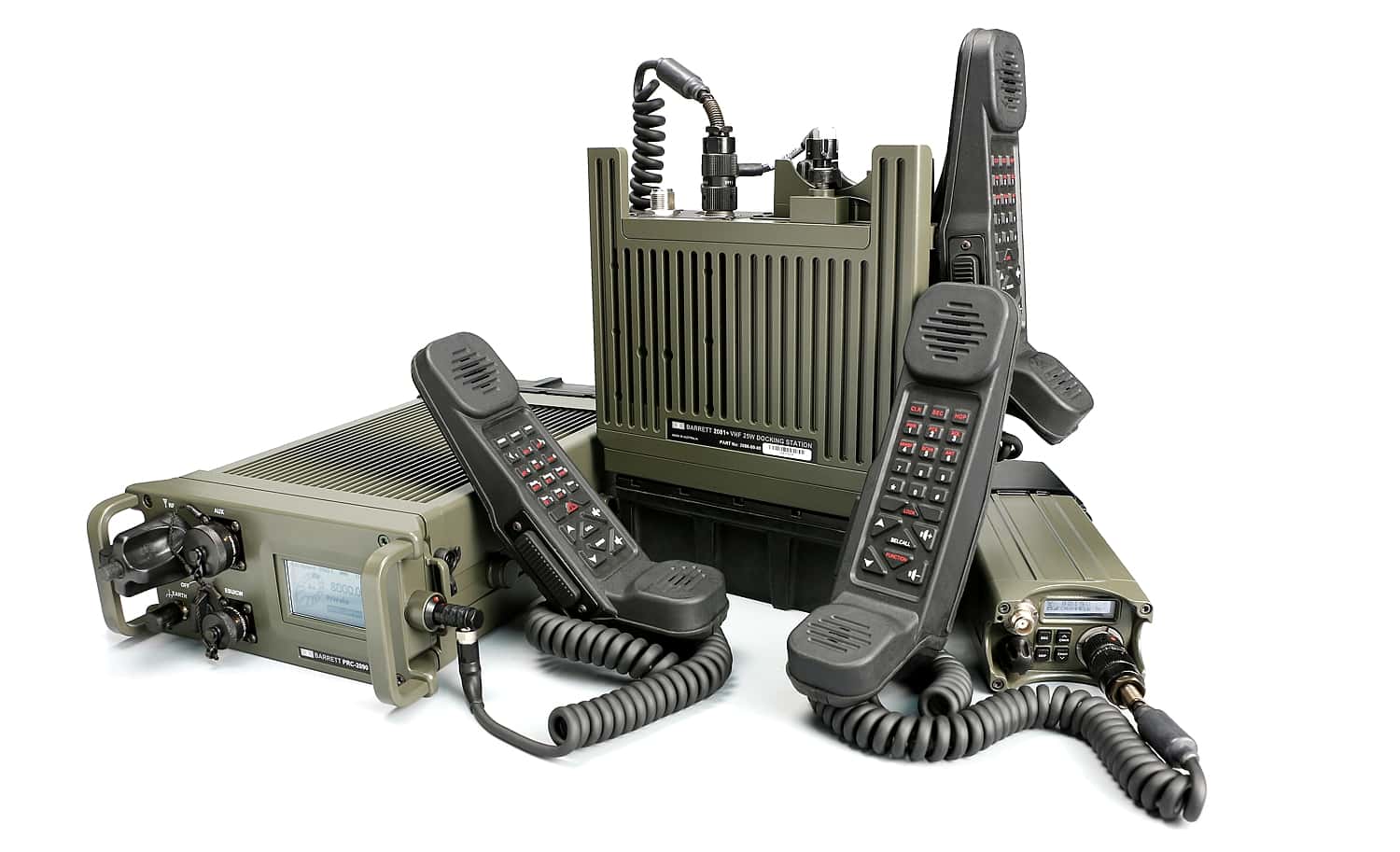
Discover the significance of Barrett Communications’ unique numerical identifiers for its HF and VHF radio equipment, revealing our tech evolution and innovation.
Barrett Communications, globally renowned for its quality and innovation, assigns unique numerical identifiers to its HF and VHF radio equipment. These identifiers hint at Barrett’s technological evolution. Each series corresponds to significant advancements, providing a roadmap for our leadership in radio communication technology. A closer look at these numerical series reveals our trajectory of technology, design ethos and user-centric innovation.
Delving deeper into the radio series numbers
Barrett’s initial range included models like the F-24, SB225 and SB220. These were entry-level products equipped with basic features for simple radio communication. As the model numbers progressed into the 500 series, such as the 550 models, the leap signified the introduction of enhanced features like GPS capabilities, a tunable receiver and an increased channel capacity.
The leap to the 900 series brought the first Manpack radios, specifically the 940 and 980 models, marking another significant technological step. The introduction of ALE 2G and an updated front panel layout indicates an emphasis on user-friendly advancements and the expansion of Barrett’s offerings.

Unravelling the 2000 and 4000 Series
The 2000 series saw the birth of the 2050 HF SSB Transceiver and the 2090 HF SSB Manpack transceiver, each with unique features. It also marked Barrett’s strategic move into the VHF radio domain and indicated a significant pivot point in their product development with the PRC-2080+ VHF Tactical VHF Radio System. This series is an entirely new generation, as reflected in its numerical designations.
The 4000 series marked another revolutionary stage in Barrett’s product lineup with the advent of software-defined architecture. The current series includes the 4050 HF SDR Transceiver and the 4090 HF SDR Manpack Transceiver, highlighting Barrett’s focus on embracing cutting-edge technology in their product development.
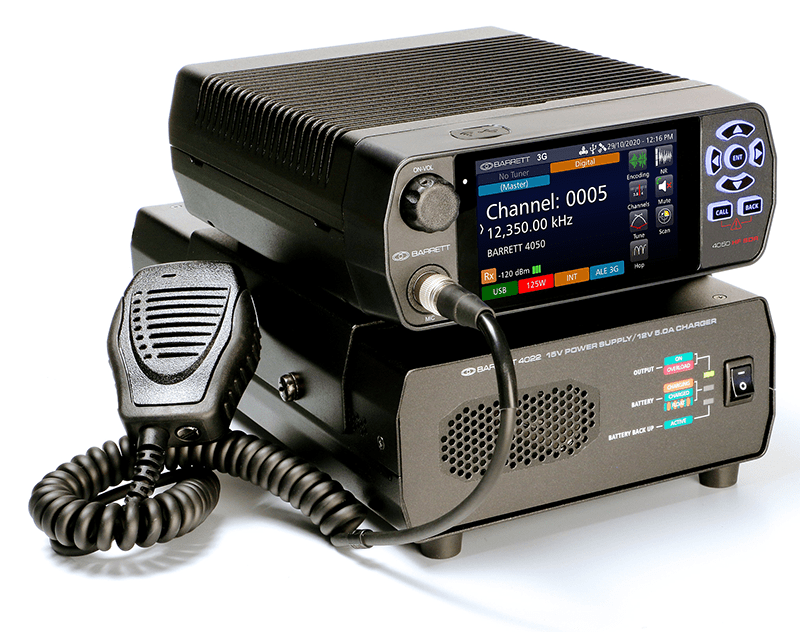
Significance to customers
Customers who understand Barrett’s numeric system can quickly gauge the technological evolution of the products. Each series provides a greater level of sophistication and advanced capabilities than the last.
However, while the series number provides a general sense of the product’s position within Barrett’s range, it’s essential to remember that specific needs are best met by understanding the features of each model.
Connect with Barrett Communications
The numerical system provides a general guide to the relative progression of our product offerings. Contact our experts at Barrett Communications today to ensure you select the perfect fit for your communication needs. We’ll guide you through the range and help you make an informed decision.


